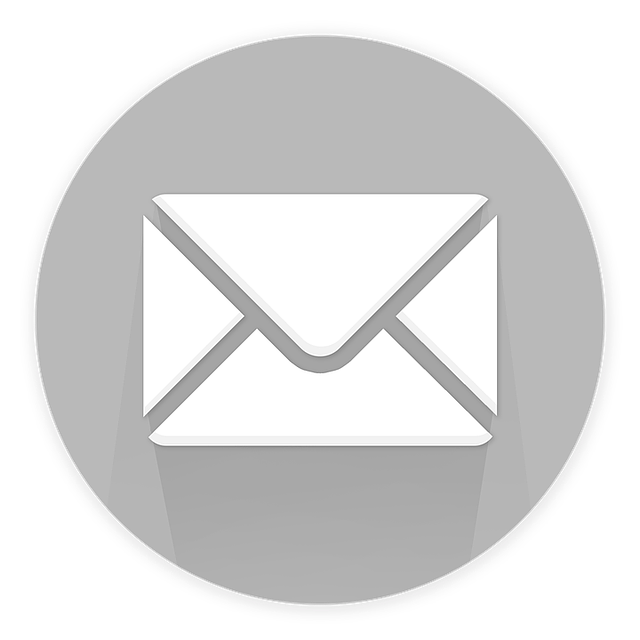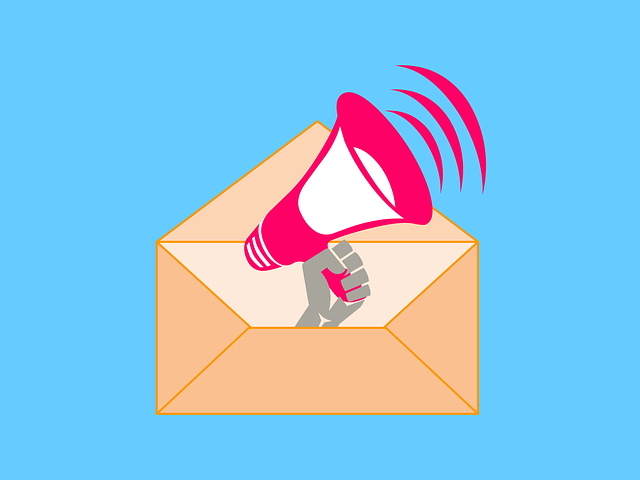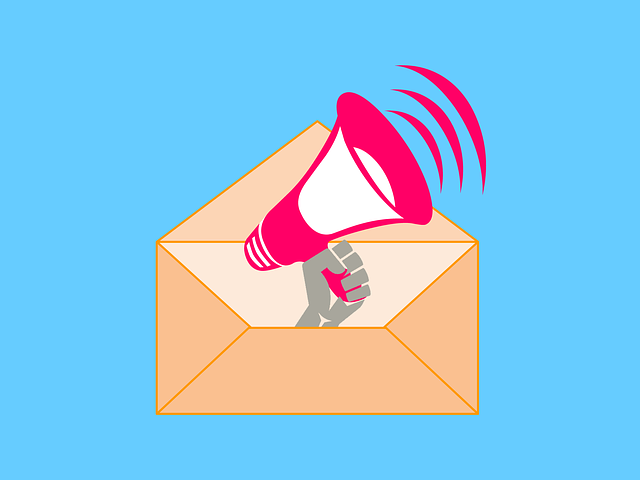Have you ever dreamt of escaping to a tropical paradise or embarking on a thrilling adventure? Well, in the travel and hospitality industry, it’s your job to turn those dreams into reality. And one powerful tool to make that happen is email marketing.
But beware! There are several pitfalls that can sabotage your efforts and leave your inbox gathering digital dust. In this article, we’ll explore seven email marketing mistakes that you must avoid like the plague. From inconsistent email frequency to neglecting personalization, these missteps can cost you valuable customer engagement and ultimately, bookings.
But fear not! We’ll provide you with expert tips and strategies to overcome these challenges and create email campaigns that captivate, convert, and compel your audience to pack their bags and embark on the journey of a lifetime.
So, let’s dive in and ensure your email marketing takes your travel and hospitality business to new heights!
Key Takeaways
- Consistent email frequency is important to avoid being flagged as spam or unnoticed emails.
- Personalization is crucial in the travel industry to create a unique experience for each customer and improve engagement.
- Dynamic content and automated triggers can enhance the effectiveness of email marketing campaigns.
- Mobile optimization is essential as the majority of the audience in the travel industry is comprised of mobile users with higher engagement and conversion rates.
Inconsistent Email Frequency
Don’t let your email frequency fluctuate, it’s essential to maintain a consistent schedule for maximum impact in the travel and hospitality industry.
Consistency is key when it comes to email deliverability and ensuring that your messages reach your audience’s inbox. By sending emails at irregular intervals, you run the risk of being flagged as spam or having your emails go unnoticed.
Additionally, a consistent email schedule allows you to fine-tune your email design and make improvements over time. It gives you the opportunity to test different layouts, fonts, and colors to optimize engagement and click-through rates.
Neglecting personalization is another common mistake that can hinder your email marketing success. However, by tailoring your messages to meet the needs and preferences of your recipients, you can create a more personalized and impactful email campaign.
Neglecting Personalization
You can’t afford to treat your customers like faceless tourists in a foreign land. Personalization is key in the travel and hospitality industry, and neglecting it is a big mistake.
By personalizing your emails, you can create a unique experience for each customer, making them feel valued and appreciated. Personalization benefits are numerous – it allows you to tailor your offers based on their preferences, travel history, and demographics. You can address them by their name, recommend destinations they might be interested in, and even send personalized travel itineraries.
Implementing personalization strategies, such as using dynamic content and automated triggers, can significantly improve your email marketing campaign’s effectiveness. So don’t miss out on this opportunity to connect with your customers on a deeper level and boost your conversions.
Now, let’s talk about the next mistake: failing to segment your audience.
Failing to Segment Your Audience
Imagine a sea of travelers, all with unique preferences and needs, merging together into one chaotic crowd due to the lack of audience segmentation. Without segmenting your audience, you’re missing out on the opportunity to send targeted campaigns that cater to specific customer preferences.
By understanding your audience and dividing them into smaller groups based on demographics, interests, or past behavior, you can create personalized experiences that resonate with each individual. Whether it’s sending exclusive offers to frequent flyers or tailoring vacation recommendations based on past bookings, segmentation allows you to deliver relevant content that captures attention and drives conversions.
Don’t fall into the trap of treating your entire audience as one homogenous group. Start segmenting now and unlock the power of personalized communication.
Speaking of personalization, another common mistake is ignoring mobile optimization…
Ignoring Mobile Optimization
Immersed in a digital realm where screens become portals, your brand’s failure to optimize for mobile devices is akin to locking the door to a world of potential customers. In today’s fast-paced society, people rely on their smartphones and tablets for everything, including travel and hospitality needs. By not prioritizing mobile responsiveness and neglecting email design for smaller screens, you risk alienating a significant portion of your audience. A seamless and visually appealing mobile experience can make or break your email marketing campaign. To illustrate the importance of mobile optimization, consider the following table:
| Desktop | Mobile | |
|---|---|---|
| Email opens | 40% | 60% |
| Click-through rate | 15% | 25% |
| Conversion rate | 5% | 10% |
| Bounce rate | 10% | 5% |
As you can see, mobile users make up the majority of your audience and have higher engagement and conversion rates. Ignoring mobile optimization means missing out on potential customers and revenue. Don’t make this costly mistake. Instead, shift your focus to the next subtopic: ‘overlooking a/b testing’ to further improve your email marketing strategy.
Overlooking A/B Testing
Neglecting the practice of A/B testing can hinder your ability to refine and optimize your email campaigns for maximum effectiveness. A/B testing is a valuable tool that allows you to compare different versions of your emails and determine which one performs better. By overlooking A/B testing, you are missing out on valuable insights that can help you improve your email marketing strategy.
Here are three reasons why you should not underestimate the power of A/B testing:
-
Overlooking customer feedback: A/B testing allows you to gather feedback from your customers and make data-driven decisions. By testing different elements such as subject lines, call-to-action buttons, or email layouts, you can understand what resonates best with your audience and tailor your emails accordingly.
-
Underestimating email design: A/B testing can help you determine the most effective email design and layout. By testing different color schemes, font styles, or images, you can optimize your emails for visual appeal and engagement.
-
Maximizing campaign performance: A/B testing helps you identify what works and what doesn’t. By testing different variables, you can optimize your campaigns to drive higher open rates, click-through rates, and conversions.
Neglecting to measure and analyze results can have a significant impact on the success of your email marketing efforts.
Neglecting to Measure and Analyze Results
Don’t let your hard work go to waste by failing to measure and analyze the results of your efforts—it’s like sailing blindly into the storm without a compass.
In the fast-paced world of email marketing, keeping track of your performance is crucial for success. One important aspect to focus on is improving email deliverability. By monitoring and optimizing your email deliverability, you ensure that your messages reach the intended recipients and don’t end up in spam folders.
Additionally, tracking open rates is vital in understanding how engaging your content is to your audience. By analyzing open rates, you can identify what resonates with your subscribers and tailor future emails accordingly.
Remember, in the travel and hospitality industry, every email sent is an opportunity to inspire, engage, and convert. So, don’t overlook the power of measurement and analysis—it’s your compass to navigate the stormy seas of email marketing success.
Frequently Asked Questions
What are some common consequences of inconsistent email frequency in the travel and hospitality industry?
Inconsistent email frequency in the travel and hospitality industry can have detrimental consequences for your customers. By not maintaining a consistent schedule, you risk providing a negative customer experience.
Customers may become frustrated and lose trust in your brand if they receive emails too frequently or not frequently enough. Additionally, inconsistent email frequency can lead to decreased open rates as customers may start ignoring or unsubscribing from your emails altogether.
Keep your customers engaged and satisfied by maintaining a regular and predictable email schedule.
How can neglecting personalization in email marketing campaigns affect customer engagement in the travel and hospitality industry?
Neglecting personalization in your email marketing campaigns can have a negative impact on customer engagement and satisfaction. By failing to address your customers by name or tailor your content to their preferences, you risk coming across as impersonal and irrelevant.
This can lead to decreased open rates, higher unsubscribe rates, and ultimately, a loss of potential bookings and revenue.
Don’t underestimate the power of personalization in building strong relationships with your customers and driving their engagement with your brand.
What are the benefits of segmenting your audience in email marketing for the travel and hospitality industry?
Segmenting your audience in email marketing for the travel and hospitality industry is like unlocking a treasure chest filled with benefits. By using automation, you can effortlessly send personalized emails to specific groups, boosting customer engagement and conversion rates.
Moreover, the importance of email design cannot be overstated. With segmentation, you can tailor your designs to cater to different preferences, capturing attention and leaving a lasting impression.
So don’t miss out on the golden opportunities that come with segmenting your audience in email marketing!
How does ignoring mobile optimization in email marketing impact the success of travel and hospitality businesses?
Ignoring mobile optimization in email marketing can have a detrimental impact on the success of travel and hospitality businesses. Outdated email designs can lead to poor customer engagement, causing recipients to quickly lose interest. By not optimizing emails for mobile devices, businesses risk alienating a large portion of their audience who primarily use smartphones or tablets to access their emails.
Additionally, neglecting the importance of compelling subject lines can result in low open rates, diminishing the chances of converting recipients into customers. Stay ahead by embracing mobile-friendly designs and creating captivating subject lines.
What can happen if A/B testing is overlooked in email marketing campaigns within the travel and hospitality industry?
Ignoring a/b testing in email marketing campaigns within the travel and hospitality industry can have a negative impact on your business. It’s like shooting yourself in the foot before a race. Without testing different elements like subject lines, layouts, or call-to-action buttons, you won’t know what resonates best with your audience.
This can lead to decreased conversion rates and missed opportunities to engage customers. Don’t let this oversight hinder your success; embrace a/b testing and unlock the potential of your email marketing campaigns.
Conclusion
So, now you know the email marketing mistakes to avoid in the travel and hospitality industry. Don’t let your email frequency be as inconsistent as a rollercoaster ride.
Personalize your emails and make your audience feel like VIP travelers.
Segment your audience wisely, because a one-size-fits-all approach won’t cut it.
Don’t forget to optimize your emails for mobile devices, or risk losing customers faster than a speeding bullet.
And remember, A/B testing is your secret weapon to finding the perfect email formula.
Finally, measure and analyze your results to fine-tune your strategy.
Don’t make these mistakes and watch your email marketing soar to new heights!







